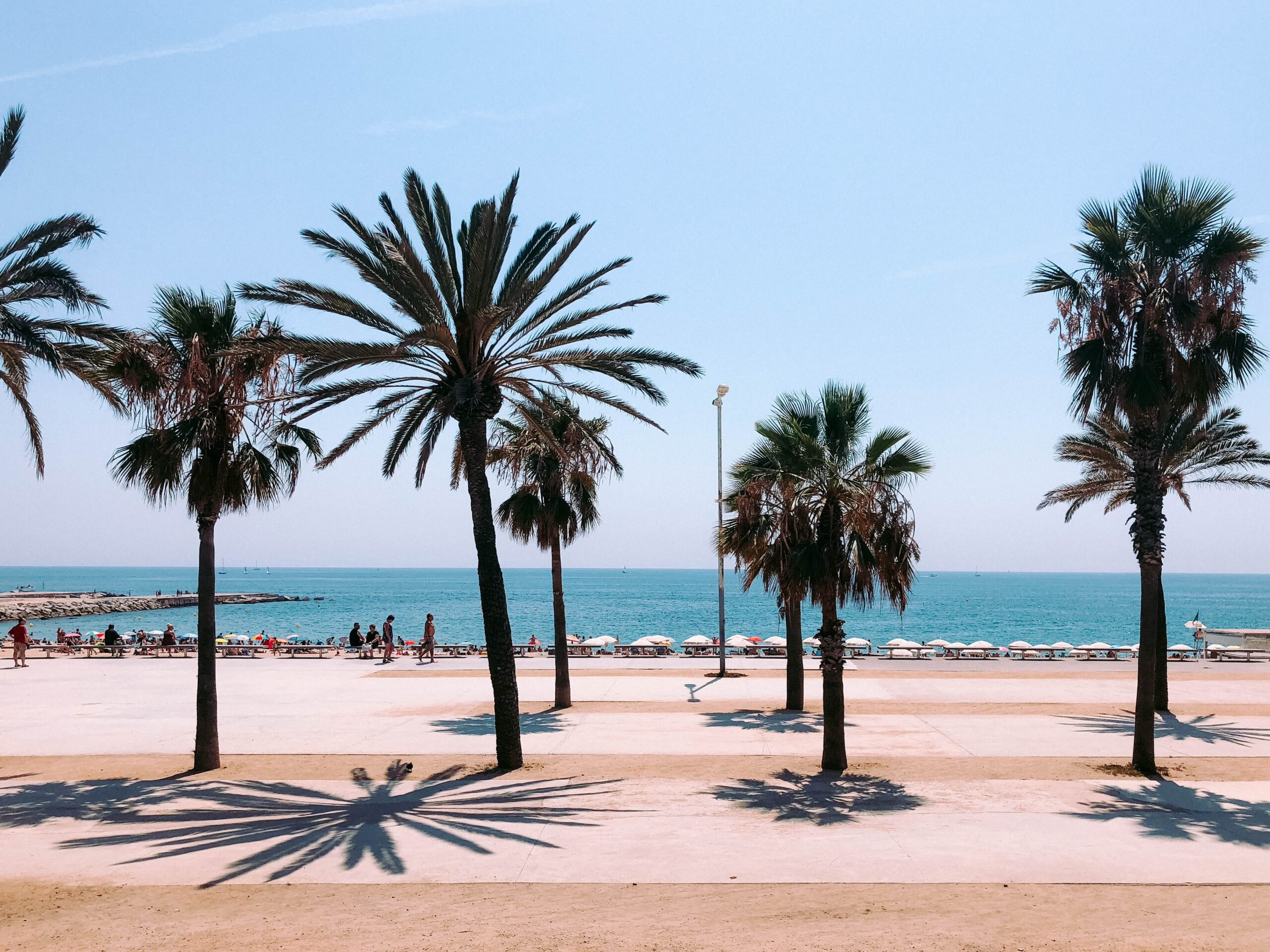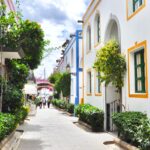Spain’s second-biggest city has become, famously, one of the hottest tourist destinations in Europe — pre-pandemic, Barcelona was getting about 12 million visitors a year. Maybe you’ve already heard about the changes that tourism has brought: the souvenir stands and juice bars that have overtaken characteristic neighborhood shops, the sights impossible to visit without an advance booking, or the human traffic jams that now clog the city’s once-leisurely pedestrian boulevards.
All that is indeed going on in Barcelona, where it’s easy to see why residents feel dismay at its increasingly theme-park feel. But this sunny city’s bright sides still outshine the negative effects of mass tourism. In spite of horrible crowds, there’s plenty to enjoy.
Beyond the more touristy areas, life in Barcelona is a distinctive mix of Madrid-style love of life and Parisian elegance and taste. Everywhere you go, you’ll find the city’s architecture to be colorful, playful, and unique. Rows of symmetrical ironwork balconies are punctuated with fanciful details: bay windows, turrets, painted tiles, hanging lanterns, flower boxes, and carved reliefs.
At various points in its history, this proud city has been a Roman retirement colony, a maritime power, a dynamo of the Industrial Age, and an urban poster child for modernism. Today it cobbles together all these elements into a one-of-a-kind culture.
Barcelona is the capital of Spain’s stateless nation of Catalunya, where the locals speak a different language, fly a different flag, and talk constantly and fervently about independence from Spain. With each visit, I hear more Catalan and less Spanish. Talking to my friends in Barcelona about the practicality of having their children learn Catalan — leaving them with a native tongue that fewer than 10 million people speak in an aggressive and global world — none of them questioned the notion. Of course they speak Catalan…they are Catalans. And they speak Spanish and English as well — they’re well-educated Europeans.






